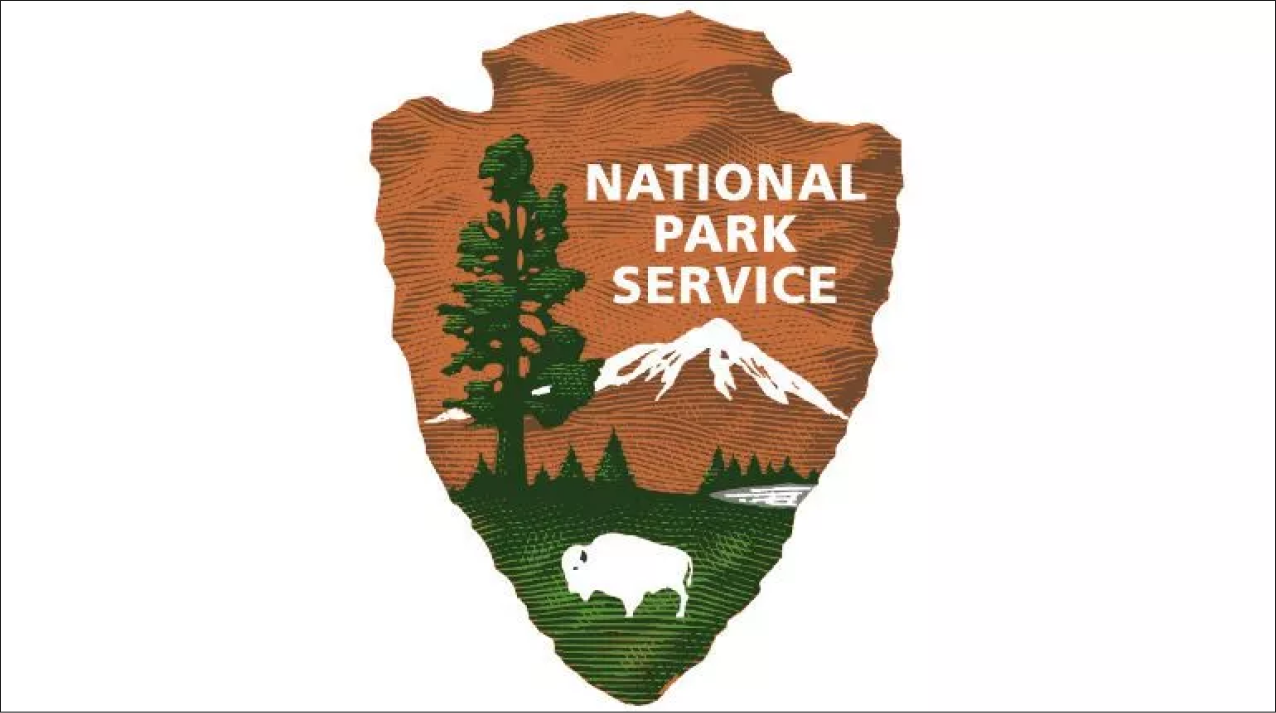National Park Service

In 2020, with international travel mostly on pause, Americans flocked to national parks. While overall visitor numbers are still down across most parks, the trend of discovering America’s natural wonders—and in many cases, our own backyards—seems primed to continue well into 2021.
National Park Service (NPS) is continuing its traditions, offering six free days for visitors across all 108 national parks, monuments, historic sites, and preserves that usually charge a fee. The entrance fee to parks that charge them is waived (usually around $35 per car). You’ll still have to pay activity and amenity fees for things like camping, in-park transportation, and boat launches.
For 2021, that means it’s free to visit all parks on these dates:
January 18
April 17
August 4
August 25
September 25
November 11
New to the list of free days is August 4, which will mark the one year anniversary of the Great American Outdoors Act, which designated $9.5 billion to the National Park Service and other federal agencies to spend on land maintenance over the next five years.
Source: Conde Nast Traveler
—
In 2016, the National Park Service (NPS) celebrated its centennial anniversary. This milestone gives us an opportunity to highlight how important the Parks Service is as a domestic and international economic entity and as a source of inspiration and enjoyment with respect to travel and travel promotion.
According to the Department of the Interior, ~331m recreational visitors came to America’s national parks in 2016, up 7.7% over 2015 and representing a 3rd consecutive all-time attendance record for the 417 destinations in the National Park Service. According to the NPS, spending by visitors to U.S. national parks generated $34.9 billion in economic output, supported 318,100 jobs and provided $12 billion in labor income. Furthermore, visitors spent $18.4 billion in communities around parks. Each tax dollar invested in the National Park Service effectively returns $10 to the U.S. economy.
According to a survey by AAA, 79% of Americans say they are as likely or more likely to visit a national park in the next 12 months. Furthermore, 85% of Americans have visited at least one national park and 73% of those surveyed say the parks have become a “must-see” attraction. Survey data also indicated that Millennials have been a big part of the growth, as nearly half said they are more likely to visit a national park in the next year, more so than both Generation X and Baby Boomer survey participants.
According to AAA, “In times of global uncertainty, many people are turning to domestic vacations and the wide variety of national parks offer something for every traveler to discover […] It’s not surprising to see that younger generations are particularly interested in visiting national parks; Travel is part of Millennials’ DNA, and they consistently seek experiential travel opportunities, a major draw for national park visitors.”
With respect to international visitors, of the 38.4 million overseas travelers who came to the United States in 2015, 35.4% or 13.6 million visited a destination in the National Park System. U.S. Travel’s Roger Dow points out it is hard to replicate the country’s most breathtaking natural and cultural treasures – like the Grand Canyon or Yellowstone – and a strong dollar also causes visitors to seek out more cost-effective destination options. As a result, US Travel expects national parks and monuments will likely receive about 14.6 million overseas travelers in 2017, up 7.3% from 2015.
For more information on the National Park Service, check out the following resources:
- National Park Service Homepage
- Fee Free Days
- Find Your Park
- Visitor data
- Follow @NatlParkService and check out #FindYourPark #NPS100





